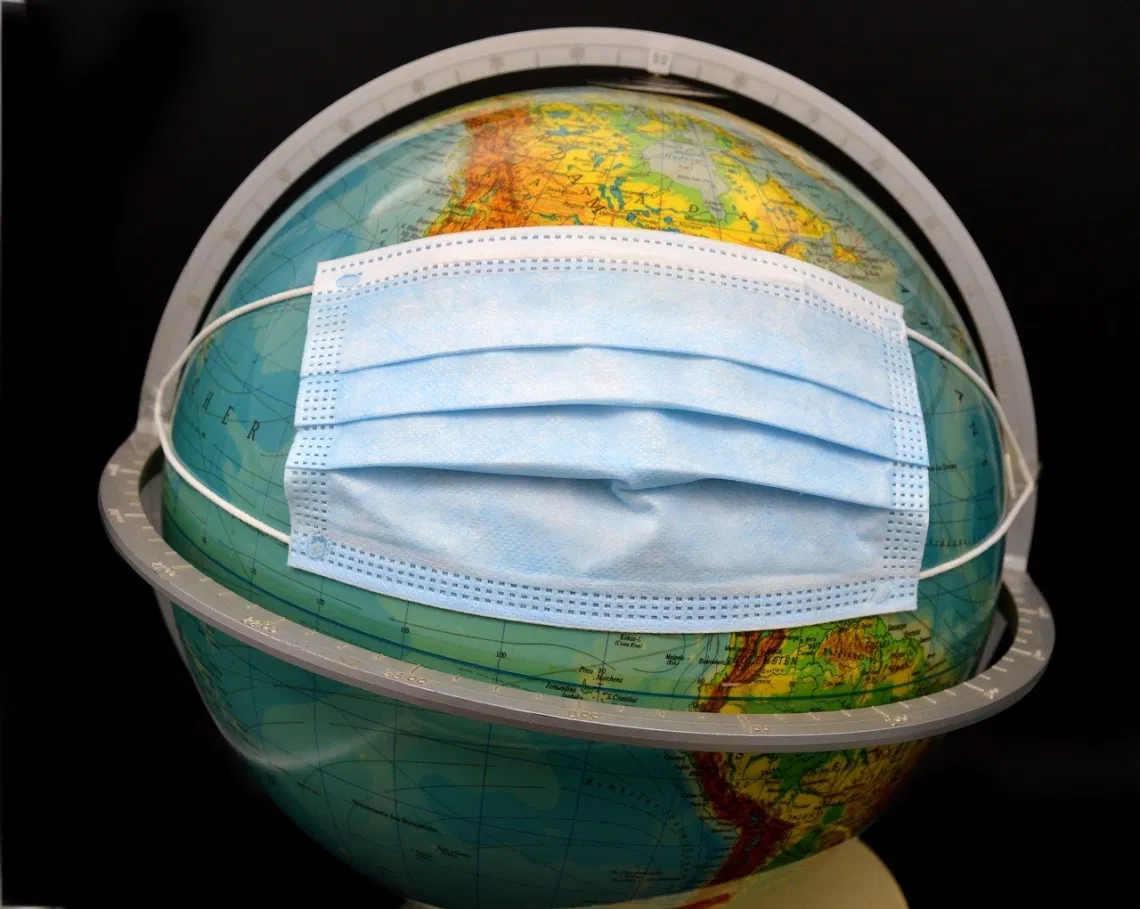What the Corporate Media Isn’t Telling You About Reopening Risks
The narrative around the United States’ coronavirus pandemic took a sharp turn in late June, as a significant increase in new infections emerged, especially in Southern and Western states that had initially avoided the worst of the outbreak. Media reports rapidly changed from claiming that reopening had few negative consequences (Reuters, 5/17/20; Tampa Bay Times, 5/28/20) to expressing concern that health officials’ warnings against prematurely lifting social distancing restrictions had been validated. Subsequently, headlines have focused on states’ efforts to pause or reverse reopening plans. For example, the New York Times (6/26/20) reported on Texas and Florida closing bars, California’s Imperial County issuing a full stay-at-home order, and Miami-Dade County restricting beach access for the July 4th weekend.

Since the Tampa Bay Times (5/28/20) published its article, Florida’s average daily number of new COVID-19 cases has increased nearly tenfold. “This is a very dangerous time,” warned Ohio Governor Mike DeWine, as new cases started rising on June 15, just over a month after the state permitted stores and businesses to reopen. “I think what is happening in Texas, Florida, and several other states should be a warning to everyone.”
But what exactly does this warning entail? While the speed of reopening affects millions of lives, it is equally crucial to consider what science can tell us about how to reopen. Health experts highlight several lessons from the pandemic experience in the US and other countries that can guide which activities are safest and most necessary to resume—a conversation more productive than the media’s tendency to frame reopening as simply good or bad (LA Times, 5/14/20; New York Times, 5/20/20).
Key takeaways include:
The nature of reopenings is important Although the coronavirus initially appeared as an omnipotent threat transmissible through various means, health officials have since determined that infection is predominantly via person-to-person interactions. Thus, reducing face-to-face contact time or ensuring it occurs with masks or in outdoor or well-ventilated areas is crucial for minimizing risk.

However, most articles discussing reopening activities have overlooked one of the most common: returning to shared office spaces. Infectious disease experts warn that offices can be ideal environments for viral transmission, involving large groups of people gathering indoors for extended periods with recirculated air. To mitigate risk, experts recommend keeping the number of people in an office at any given time to a minimum and requiring masks in open office spaces with low cubicle walls.
Allow science, not political power, to inform health decisions
Since it takes two to three weeks for case numbers to noticeably rise in response to a change in social distancing policies, states should proceed cautiously, waiting to see if numbers increase before advancing to the next reopening stage. Additionally, states should look to other countries that have successfully managed reopening efforts, such as Italy, which implemented stricter measures to reduce cases before reopening and waited for case rates to drop significantly lower than those in the US before resuming business.

Learn from successful examples
In the US, cities like New Orleans have had relative success with reopening, as evidenced by its lower new-case rate compared to neighboring Jefferson Parish. New Orleans’ mandatory masking policy in indoor spaces and tighter restrictions on gatherings have likely contributed to its better outcome.

Recognize that reopening involves trade-offs
Rather than simply framing the issue as balancing economic needs with public health needs, it is important to understand that reopening decisions impact not just current public health and economic conditions, but also future reopening possibilities. Prioritizing the resumption of essential services like dentistry, childcare, and elective surgeries can provide meaningful support to society while minimizing the risk of overwhelming healthcare systems. Additionally, some activities may be better suited for reopening than others; for example, outdoor dining may be safer than indoor gyms.

Final Take
In conclusion, understanding the complexities of reopening and recognizing that not all activities are created equal is crucial for crafting a safer and more strategic path forward. By applying the lessons learned from both successful and unsuccessful reopening attempts, decision-makers can better navigate the risks and trade-offs involved. This nuanced approach will ultimately lead to more sustainable and effective policies, rather than the one-size-fits-all mentality that has sometimes dominated the conversation.

